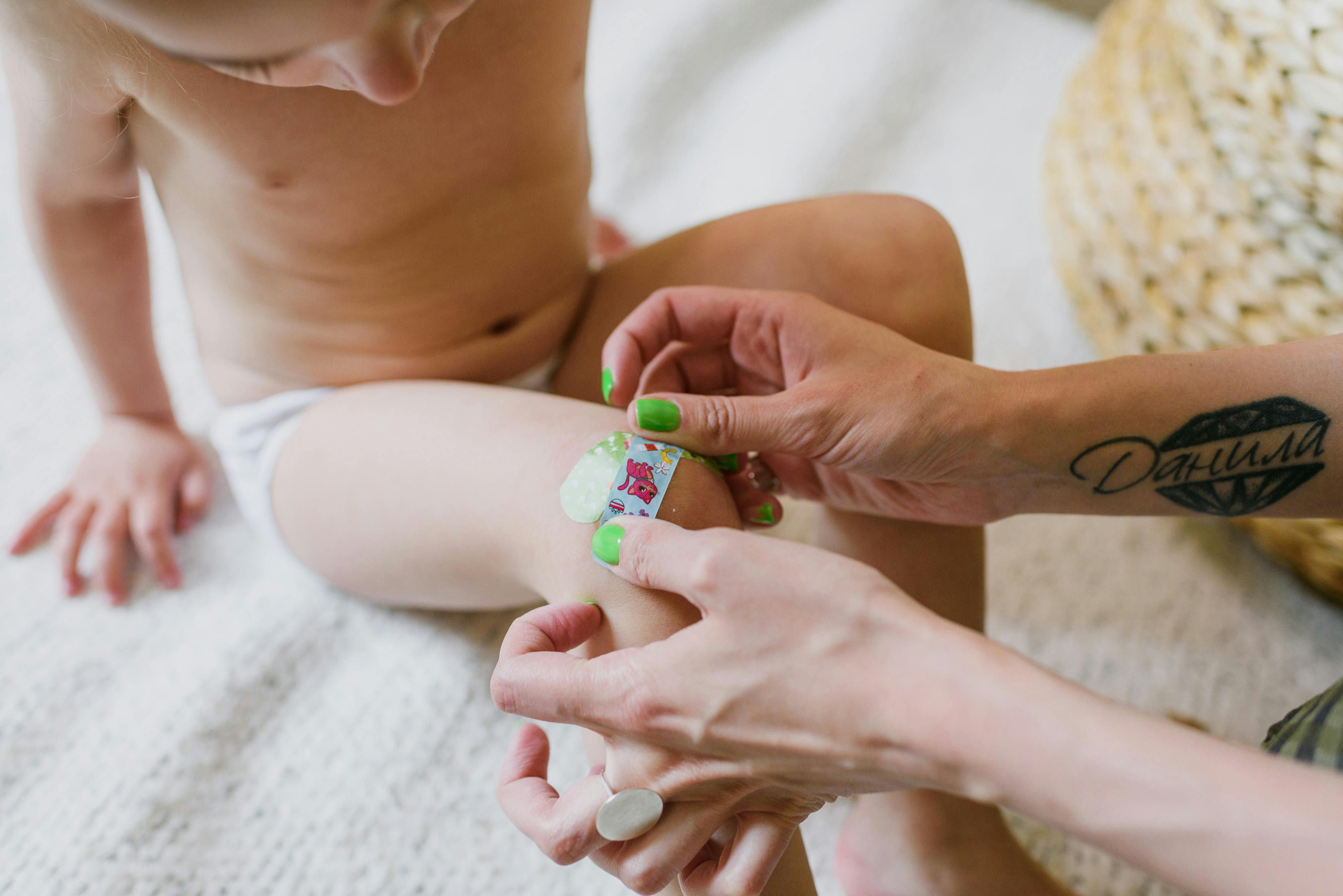Examination of the kidneys is impossible without laboratory tests of urine. So, in this article, physical examination data and urine test interpretation will be placed together for convenient use. All symptoms in case of kidney disorders are divided into renal and extrarenal.
kidney symptoms are such clinical signs that manifest themselves directly on disorders of the Kidneys and any part of the collecting system. They are pain in the lumbar region (pain in the costovertebral angle, pain in the flank), dysuria and urinary change syndrome. Only children after 2 years of age can complain of pain in the lumbar region, because at this age, the renal cortex and capsule tissue reach their mature form. “Kidney” bread is caused by expanded capsule. This bread can be found by palpation of the Kidneys and by the Paternasky sign. Very often, children from 2 to 5 years of age complain of abdominal pain in case of kidney problems. In babies, “kidney” pain can manifest as constant agitation and irritability. Dysuria means trouble urinating. This term is most often used synonymously with painful urination, but it also includes changes such as:
� Frequent or infrequent urination
�Urinary urgency
� Incomplete emptying
� Enuresis
The frequency of urination depends on age and is closely related to fluid intake and the surrounding climate (hot or cold). The evacuation of the bladder is more frequent in childhood, when it is approximately equal to the number of feeds x 3. For example, a 6-month-old baby empties the bladder approximately 5 x 3 = 15 times a day. At the age of 1 year, the frequency of urination varies from 9 to 12 times a day, then decreases to 6-8 times at 3 years, 5-6 times at 10, and 3-4 times in adolescence. Normal limits are between 1 and 3 times more or less.
Enuresis (urinary incontinence) is physiological in children up to 1.5-2 years. Enuresis can be at any time and during the night. The toilet-trained child can perform incontinence in case of urinary tract infection or CNS disorders.
The syndrome of changes in the urine includes the interpretation of qualitative and quantitative laboratory data from urine tests. Urine is a “mirror” of the renal system. If reflects changes in the functional processes of the kidneys and collecting structures, as well as some other systems.
Extrarenal symptoms
These are the signs, the cause of which is kidney disorders, but the developing pathological changes affect other organs and systems. These are:
Edema develops as a result of fluid retention and imbalance of intracapillary and tissue hydrostatic pressure. Visual evidence of fluid collections appears when the interstitial fluid volume increases by more than 15%. The peculiarities of renal edema are:
1. localization (swelling of the face, especially around the eyes);
2. manifestation time (they are more evident in the morning and decrease during the day).
3. Dissemination (As the patient’s condition worsens, the edema spreads to affect the extremities and genitalia (labial or scrotal swelling), abdomen (ascites), chest cavity (hydrothorax). Edema of the intestinal mucosa causes diarrhea, anopexia, intestinal malabsorption Total edema is called anasarka.
4. surface and consistency (above the skin is pale swelling, warm and smooth to the touch).
� Hypertension
� cardiac bread
� Pale skin is common with nephritic syndrome and acute poststreptococcal glomerulonephritis. When chronic kidney disease develops, paleness is related to decreased production of erythropoietin and the development of anemia.
Intoxication syndrome includes fever, chills, anorexia, fatigue, irritability, lethargy, headaches, and vomiting. In infants, kidney disorders can manifest with feeding problems and delayed growth.
Taking the patient’s health history is very important and should be done carefully. Pay attention to recent weight gain, renal dysfunction, events related to evidence of recent streptococcal infection, exposure to or ingestion of toxic chemicals (including heavy metals, carbon tetrachloride, or other organic solvents; nephrotoxic drugs). Take accurate information about fluid intake and output, thirst sensation, appearance of urine, amount of urine, child’s behavior during urination or hesitancy, urgency, urinary incontinence in toilet-trained children. Unpleasant smell of urine, direction and strength of the stream, change in the size of the scrotum. For adolescents it is important to find evidence of sexually transmitted diseases, type of treatment. Ask the adolescent male about testicular self-examination. Inform in the clinical history the date of the last urinalysis.
Physical evaluation includes visual inspection, palpation, and percussion. During visual inspection, look for evidence of:
� Fluid retention: presence of edema, swelling of the face, enlargement of the abdominal perimeter at the navel. Examination of the swelling is done by pressing with the fingertip; in the extremities, face, sacral region, lower abdomen. Note if there is prominence, redness, mild swelling in the lower back.
� Pain syndrome: constant writhing, irritability, characterized position (the child lies on the sick side with the legs bent at the hip and knee joints and held close to the body), behavior during urination.
pale
� Signs of poisoning
� Extrusion of the urinary bladder over the symphysis in case of bladder neck obstruction.
� Noisy breathing, hemorrhages on the skin, nosebleeds, smell of urine and ammonia from the mouth, muscle tremor in case of chronic renal insufficiency.
The kidneys should be palpated in a vertical and horizontal position. They are usually palpable in older infants and young children. The kidneys are usually not palpable in infants and young children. The kidneys are usually not palpable in older children, except in cases of more than 1.5-2-fold increase in size and nephroptosis. Evaluate shape, size, consistency, mobility, level of ptosis (palpable kidney, mobile kidney, “migratory kidney”) and tenderness.
Percussion of the renal region helps to assess Pasternasky’s symptom by light throbbing at the costovertebral angle. Report results as positive on the right, positive on the left, or both sides, negative. Percussion to the upper border of the bladder starting from the navel and going down. Normally, the dull sound is not found when the bladder is emptied. The opposite finding is evidence of bladder neck obstruction.
